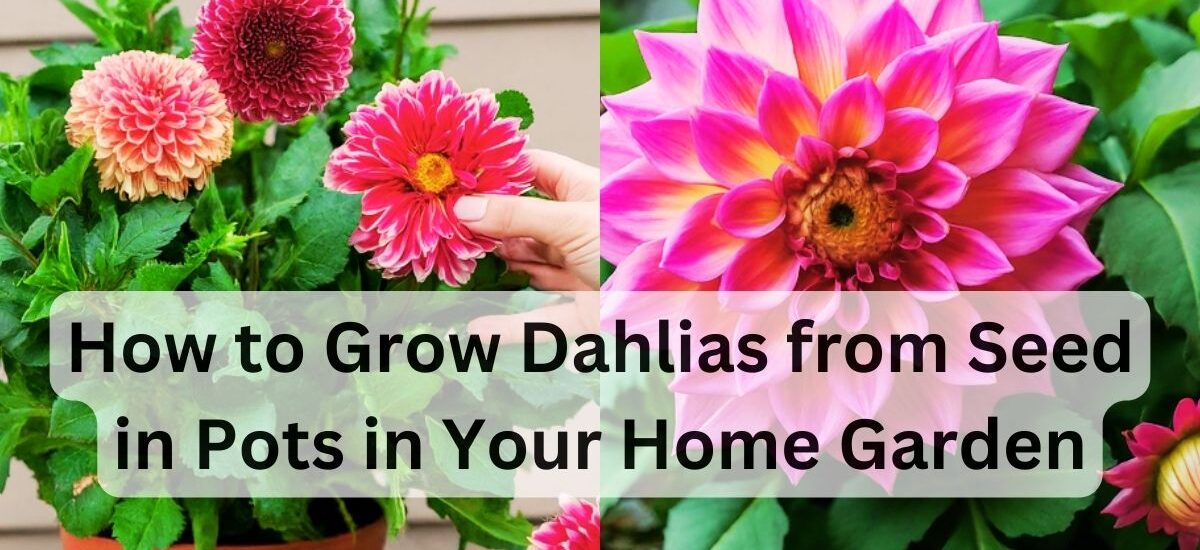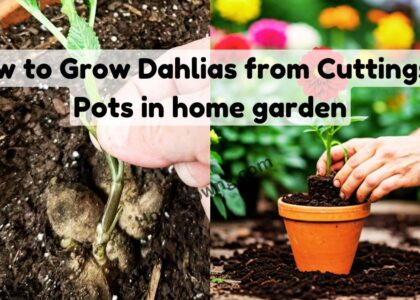Growing dahlias from seeds in pots is an exciting way to add vibrant colors to your home garden. It’s rewarding to see the plants grow from tiny seeds into beautiful, bold-flowering plants. Dahlias are usually grown from tubers, but starting them from seed can offer greater diversity in flower shapes and colors. Here’s a detailed guide to help you grow dahlias successfully in pots at home.
Selecting the Right Dahlia Seeds
When choosing dahlia seeds, look for varieties that are specifically suited to container gardening. Many dwarf and compact dahlia varieties are ideal for growing in pots, offering a range of sizes from 12 to 36 inches tall. Unlike tubers, seeds offer a wider genetic diversity, so you may end up with flowers of unexpected shapes and colors. Check seed packets for specific growing conditions, especially regarding size and flowering period.
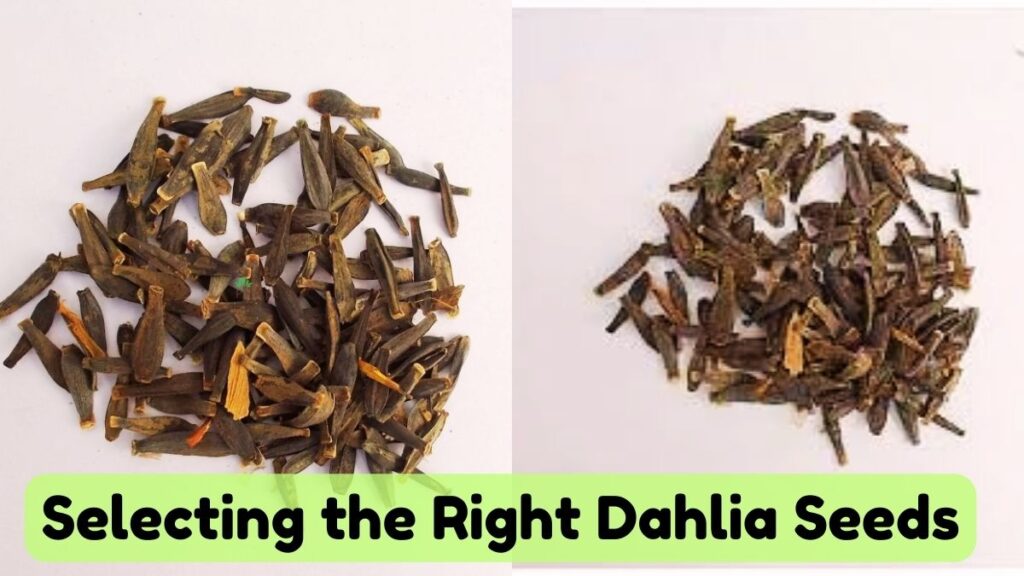
Selecting Pots for Dahlias
The size of the pot is crucial for dahlia growth. Select pots with a minimum diameter of 12 inches to allow enough room for root development. Dahlia roots grow fast, so a pot with good depth (10-12 inches) will prevent the roots from becoming crowded. Ensure your pot has drainage holes, as dahlias dislike waterlogged soil. If possible, use pots made of breathable material like terracotta, which helps in regulating moisture levels.
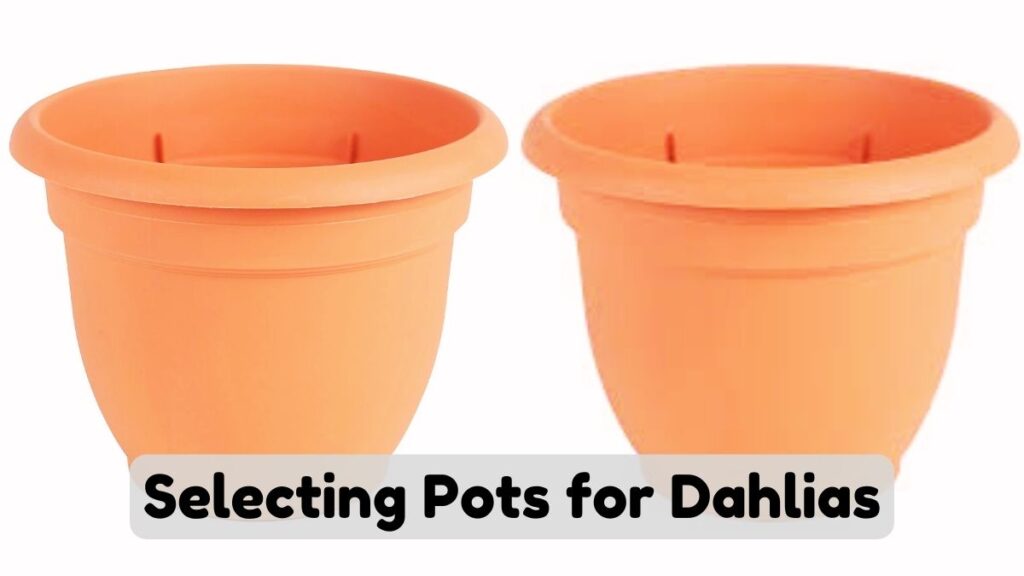
Soil Preparation for Dahlias
A well-draining, nutrient-rich soil mix is essential for growing dahlias in pots. A mixture of potting soil, compost, and perlite or sand ensures the right balance of nutrients and drainage. Aim for soil that retains enough moisture without becoming soggy. Add a slow-release organic fertilizer rich in phosphorus to help with root development and flower production. The pH level of the soil should ideally be between 6.0 and 7.0.
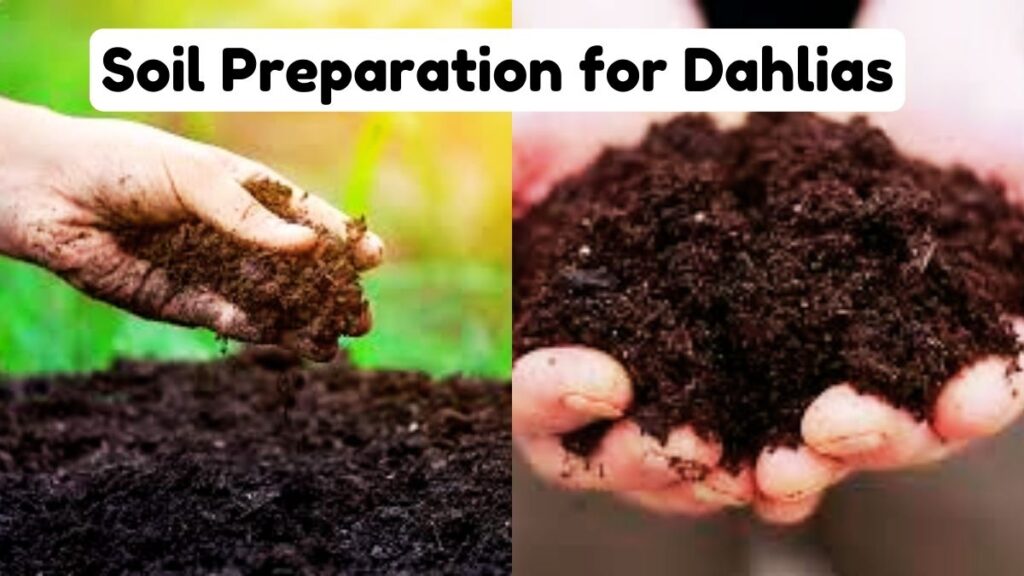
Sowing Dahlia Seeds
Start your seeds indoors about 6-8 weeks before the last expected frost date. Fill your pots with the prepared soil and press the dahlia seeds gently into the surface, covering them with a thin layer (about ¼ inch) of soil. Keep the pots in a warm location, ideally around 70°F (21°C), and ensure consistent moisture. Seeds should germinate within 7-14 days, but avoid overwatering, which can cause seeds to rot before sprouting.

Light and Temperature Needs for Dahlias
Dahlias thrive in full sunlight, so place your pots in a location that receives at least 6-8 hours of direct sunlight per day. If growing indoors before transplanting, use grow lights to supplement natural light. After germination, keep the seedlings in a cooler environment of about 60-65°F (15-18°C) to encourage strong root growth. Harden off your seedlings by gradually exposing them to outdoor conditions for a week before permanently moving them outside.
Watering and Fertilizing Dahlias
Dahlias prefer regular watering but don’t tolerate waterlogged soil. Water your dahlias deeply when the top inch of the soil feels dry to the touch. However, avoid overhead watering, as damp leaves can encourage fungal growth. Fertilize once a month with a balanced, water-soluble fertilizer. For strong stems and vibrant flowers, use a fertilizer that’s high in potassium and phosphorus but low in nitrogen, as too much nitrogen will encourage leaf growth over blooms.
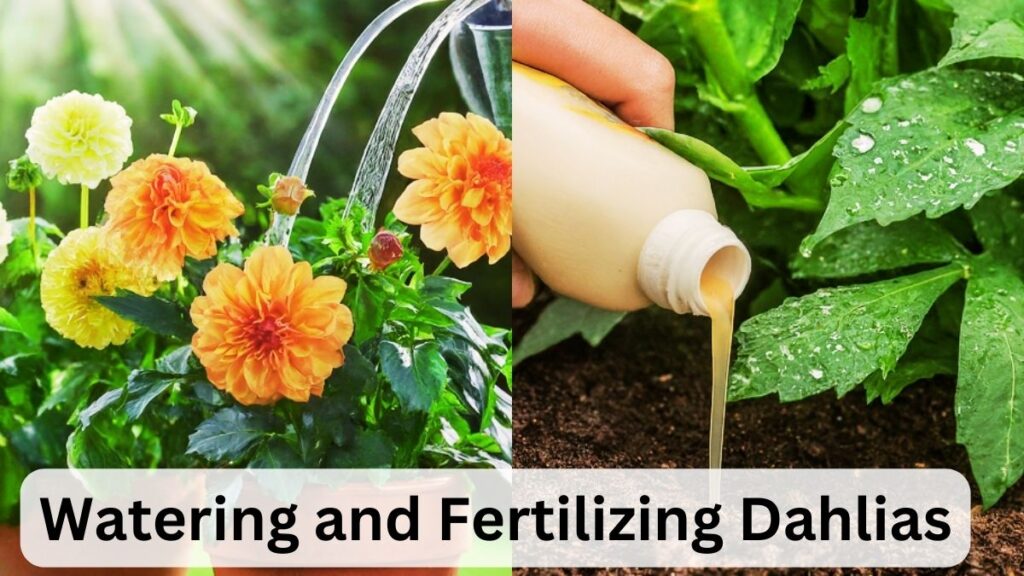
Supporting Dahlia Growth
As dahlias grow, they may become top-heavy with their large flowers. To prevent the stems from breaking, insert a small stake into the pot when the plant reaches about 12 inches tall. Tie the stems gently to the stake using garden twine. Dwarf varieties may not need staking, but it’s a good practice for larger plants. Regular deadheading of spent flowers will also encourage continuous blooming throughout the season.

Pest and Disease Control for Dahlias
Common pests that affect dahlias include aphids, slugs, and spider mites. Regularly inspect your plants and remove any pests by hand or use organic insecticidal soap. To avoid fungal issues, ensure your pots have good air circulation and avoid overwatering. If you notice yellowing leaves or spots, treat the plants with a fungicide and prune affected areas to prevent the disease from spreading.
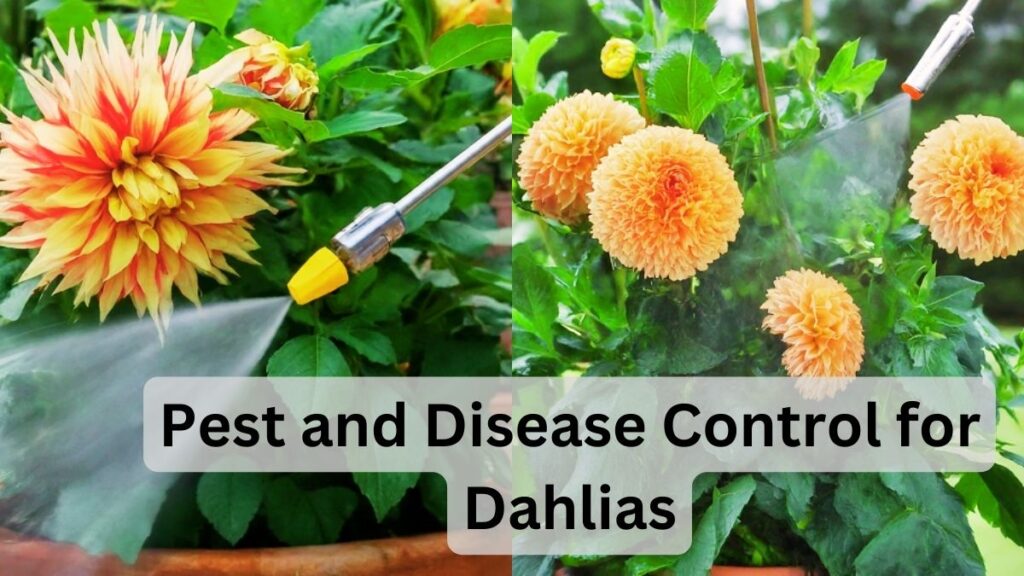
Harvesting Dahlia Seeds
At the end of the growing season, you can collect seeds from your dahlia flowers for planting next year. Let a few flowers mature on the plant until they turn brown and dry. Cut them off and place the seed heads in a dry area for about a week. Once dry, gently crush the heads to release the seeds. Store them in a cool, dry place for next season’s planting.



